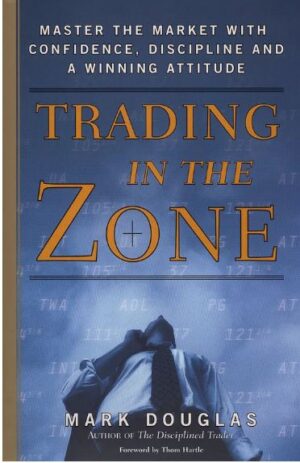Although intricate strategies and systems might be effective for certain traders, grasping price action is ultimately the key to success in this field. Price action analysis offers a potent method for trading in modern markets—whether dealing with stocks, futures, or options. It empowers traders to concentrate on the trading process without becoming overwhelmed by intricate sets of techniques. Despite its seemingly elementary nature, this approach can significantly bolster profits and mitigate potential losses.
One method of implementing price action analysis into your trading efforts is through chart patterns. Few individuals understand this as well as Al Brooks, an author, technical analyst for Futures magazine, and a self-reliant trader for over two decades. A decade ago, Brooks found that interpreting price charts without relying on indicators was the simplest, most reliable, and profitable approach for his trading endeavors. This mastery of discipline paved the way for his consistent trading success. In “Reading Price Charts Bar by Bar,” Brooks generously shares his wealth of experience on comprehending price action.
Ultimately, anyone can observe a chart—whether it’s a candle chart for E-mini S&P 500 futures trading or a bar chart for stock trading—and identify clear entry and exit points. However, executing this in real-time proves considerably more challenging. “Reading Price Charts Bar by Bar” serves as a guide to becoming adept at reading price action. It delves into concepts like trendlines, trend channel lines, prior highs and lows, breakouts, failed breakouts, and other tools. This approach can significantly enhance the risk-reward ratio of your trades. Tailored for serious traders, this resource covers vital aspects of the discipline, including comprehending each bar on a price chart, recognizing reliable trade setups in specific patterns, and pinpointing entry and exit points while markets are actively trading.
Brooks emphasizes basic principles using five-minute candle charts, but also extends the discussion to daily and weekly charts. In addition, the book explores intraday swing trades on various stocks and outlines option strategies based on daily charts, showcasing how price action alone can underpin this type of trading. While trading is never easy, acquiring the skill to read price charts, identify dependable patterns, and develop an intuition for suitable market conditions and timeframes can lead to profits. Although price action trading doesn’t necessitate complex software or an array of indicators, this straightforward approach can substantially improve your prospects of success in almost any market. “Reading Price Charts Bar by Bar” serves as an invaluable guide to mastering this approach.









